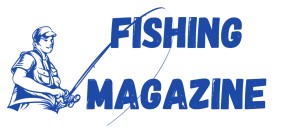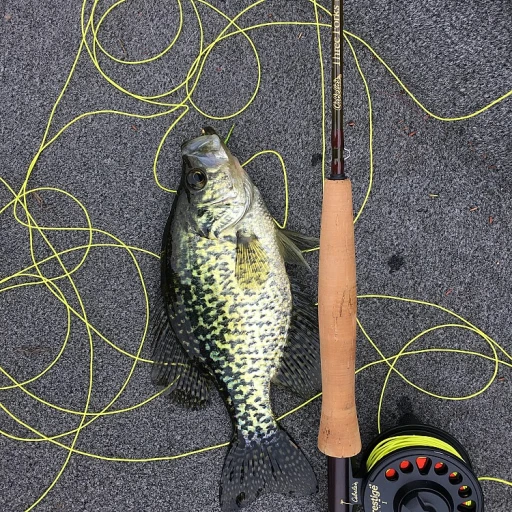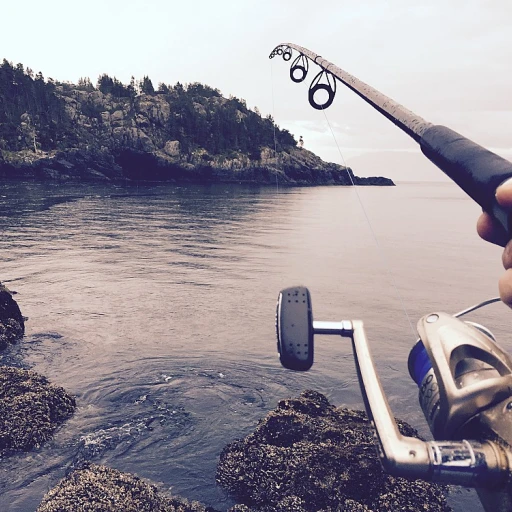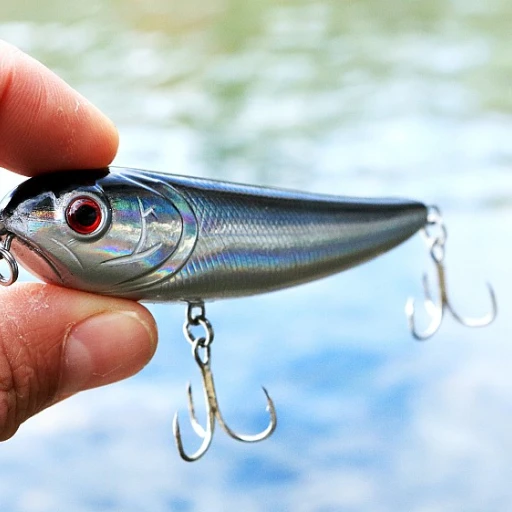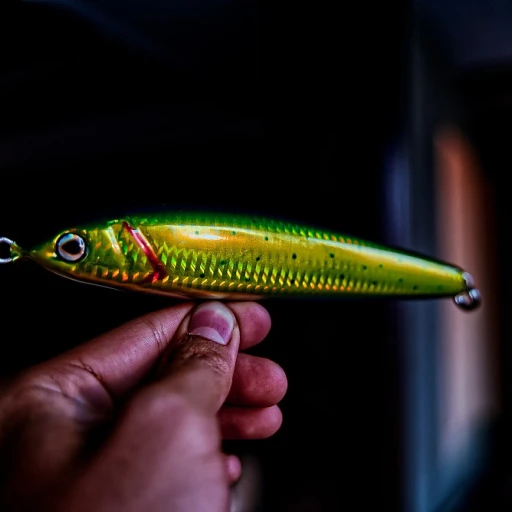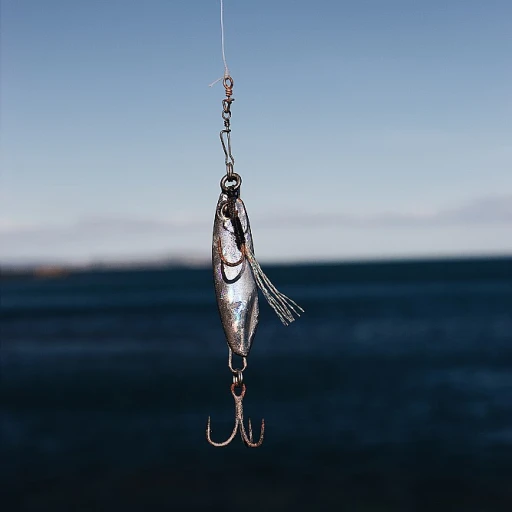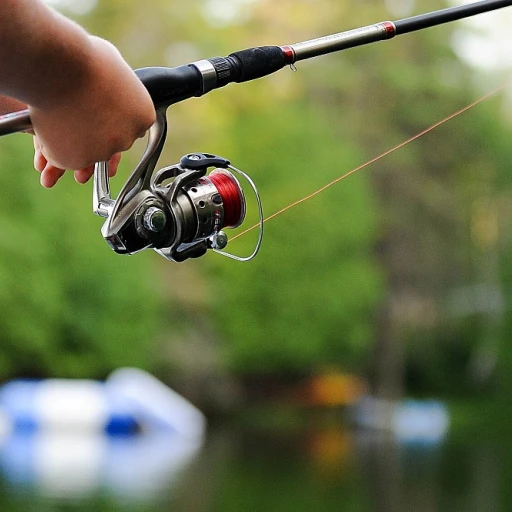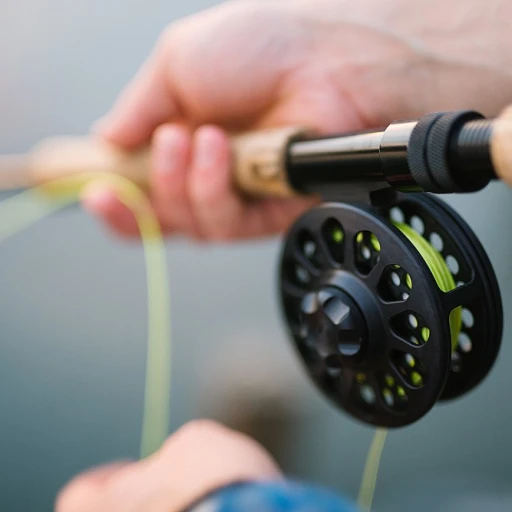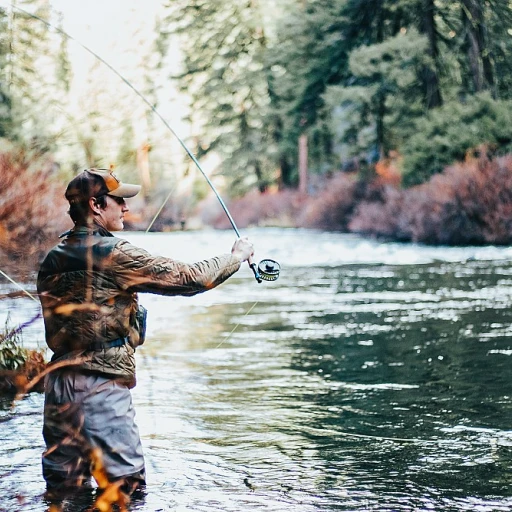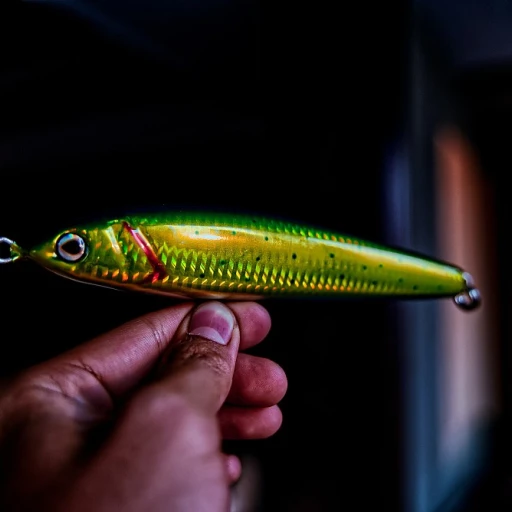
The Role of Fly Fishing Leaders
Importance of Fly Fishing Leaders in Your Setup
Fly fishing leaders play a crucial role in ensuring successful and enjoyable fishing experiences. At first glance, the leader might seem like a simple component of your fly fishing setup, but it performs several essential functions that can significantly influence your fishing outcomes.
First, a properly selected leader serves as the vital link between your fly line and the fly itself. It’s designed to provide a smooth transition from the thicker fly line to the delicate tippet, which is critical in presenting the fly naturally to cautious fish, such as trout. This transition is facilitated by the leader's taper, which can be either hand-tied tapered leaders or scientific anglers'' leaders, allowing for precise casts and better dry fly presentations.
Additionally, leaders are responsible for energy transfer during casting. The tapered leader efficiently transmits the energy from the cast down to the fly, ensuring accurate placement on the water. This is especially important when targeting wary species in clear waters. With the right leader, whether it be a traditional nylon or modern fluorocarbon tippet, you can improve your control over the presentation and drift of your fly.
The durability of the leader is another crucial factor. High-quality fishing leaders can withstand the abrasion and rough environmental conditions you might encounter, from rocky river beds to salty waters in more ambitious saltwater fly fishing adventures. For those gearing up for saltwater adventures, paying attention to leader quality is paramount.
Understanding these fundamental roles helps in selecting the right fly leader for your needs, allowing you to adapt your approach when necessary. Whether it’s a furled leader for delicate dry fly work or more robust fluorocarbon for deep nymphing, the fishing leader you choose can make all the difference in your fishing success.
Types of Fly Fishing Leaders
The Different Variations of Fly Fishing Leaders
When embarking on a journey with your fly rod, it's crucial to pay attention to the type of leader you employ. The essence of fishing leaders cannot be overlooked as they guide your flies seamlessly through water, ensuring an even presentation.- Tapered Leaders: A widely favored option, tapered leaders provide a smooth transition from the fly line to the leader tippet. With a design that gradually reduces in diameter, these leaders offer balance, assisting anglers in casting flies more gracefully on the water's surface.
- Furled Leaders: Hand-tied with intricacy, furled leaders are celebrated for their durability and flexibility. Their complex weave boasts minimal memory, meaning fewer tangles and uniform presentation.
- Nylon vs. Fluorocarbon: Choosing between nylon and fluorocarbon can depend on your fishing scenario. Nylon, known for its economic price, offers excellent knot strength, which is crucial when casting to substantial fish like trout. On the other hand, fluorocarbon tippet excels in transparency, making it ideal for clear water conditions.
- Specialty Leaders: For specific conditions, such as targeting big fish species or dry fly fishing, specialty leaders tailored to precise needs are available. These options may come at varied unit prices, so assessing your fishing needs is essential.
Choosing the Right Leader Material
Choosing the Ideal Material for Fly Leaders
When it comes to fly fishing, selecting the right leader material is crucial for presenting your fly effectively to fish. Fly fishing leaders are typically constructed from either nylon or fluorocarbon, each having its own advantages depending on the fishing conditions and your targets, such as trout.- Nylon: Known for its flexibility and cost-effectiveness, nylon is often the go-to choice for traditional fly fishing applications — especially when the price is a critical consideration. It allows anglers to create a natural presentation, which is particularly effective for dry fly fishing. Furthermore, nylon leaders typically float better on the water, providing an excellent choice for fishing in calmer waters or when targeting fish that are near the surface.
- Fluorocarbon: On the other hand, if you find yourself facing clear water or targeting fish with a more cautious nature, fluorocarbon might be the more suitable option. Despite its higher unit price, its nearly invisible nature under water and durability make it invaluable for catching those big, elusive fish. Additionally, fluorocarbon sinks faster than nylon, making it an optimal pick for sub-surface applications and is often preferred by seasoned anglers.
Knot Techniques for Fly Fishing Leaders
Knot Tying Techniques for Effective Fly Fishing Leaders
In the art of fly fishing, mastering knot tying is as crucial as choosing the right fly or casting technique. The connection between your fly rod and the fly leader involves a series of precise knots that ensure a secure yet delicate presentation of the bait. Let's dive into some essential knot techniques that can significantly enhance your fishing experience.- Blood Knot: Often used for joining sections of nylon or fluorocarbon leader material, the blood knot is renowned for its strength and reliability. It is particularly indispensable when you want to extend your leader or add a different diameter tippet to your original tapered leader.
- Surgeon's Knot: This knot offers simplicity and speed, making it a favorite among fly fishers for connecting different tippet sizes. It's especially useful when time is of the essence and you need to change your fishing tippet quickly in big water to catch a trout.
- Improved Clinch Knot: A classic choice for tying small flies to the leader tippet, the improved clinch knot provides a secure connection while maintaining the natural drift of the dry fly over the water surface. This knot is a staple technique, particularly for lightweight fluorocarbon tippet materials.
Maintaining and Storing Fly Fishing Leaders
Preserving the Quality of Your Fly Fishing Leaders
Proper maintenance and storage of your fly fishing leaders is essential to ensure their durability and performance. Neglecting this aspect can lead to costly replacements and missed opportunities on the water.- Cleaning and Drying: After a day of fishing, rinse your leaders with fresh water to remove any dirt, salt, or debris. Ensure they are thoroughly dried before storing, as moisture can weaken both nylon and fluorocarbon materials, affecting their strength and elasticity.
- Avoiding Sun Damage: Prolonged exposure to sunlight can degrade leader materials. When not in use, store them in a cool, dark place to maintain their protective qualities against UV rays.
- Storage Solutions: To prevent tangles and maintain the original tapered shape, consider using leader wallets or spools for organized storage. Furled leaders and hand-tied leaders are particularly prone to damage if stored improperly.
- Regular Inspection: While preparing your fly fishing gear, always inspect your leaders for abrasions or knots. Occasionally, you'll find that retie is required if the tippet section appears worn or weak.
- Tippet Replacement: Regularly freshen up your tippet by adding new sections to ensure a seamless connection and optimal leader foot performance. This is especially vital for those using scientific anglers absolute trout setups, ensuring you're ready for any fish challenge.
Common Mistakes with Fly Fishing Leaders
Avoiding Common Pitfalls with Fly Fishing Leaders
Navigating the world of fly fishing leaders can be daunting, and mistakes are often part of the learning process. Here's a breakdown of common slip-ups and how to sidestep them, ensuring a seamless fishing experience.- Improper knot techniques: One frequent oversight is not mastering the appropriate knot techniques to secure your leader to the fly line and tippet. As discussed, using the correct knots can make a significant difference in durability and performance.
- Inaccurate leader selection: Choosing the wrong type or material for your fly fishing leader can lead to poor results. Whether it's a tapered leader designed for dry fly presentations or a solid fluorocarbon for nymphing, each type requires specific considerations. Evaluate the type of water and fish you're targeting, such as trout, to make an informed decision.
- Neglecting leader maintenance: Regular maintenance is crucial. Not inspecting your leader for knicks and abrasions from previous outings can result in unexpected breaks when you least expect them.
- Underestimating the impact of tippet size: When attaching a leader tippet, size matters. Using a tippet that's either too big or too light may affect your presentation negatively. Adjusting to various fish and water conditions is paramount.
- Overlooking the price factor: While it might be tempting to go for the cheapest option, the unit price of more expensive, high-quality leaders made from materials like fluorocarbon or scientific anglers absolute trout ensure better performance. It's worth considering that sometimes, you get what you pay for.
- Ignoring the importance of storage: Properly storing your leaders in a cool, dry place can prolong their lifespan, avoiding issues like memory in nylon or tapered leaders. Always ensure they're adequately wound and free from tangles after each trip.
